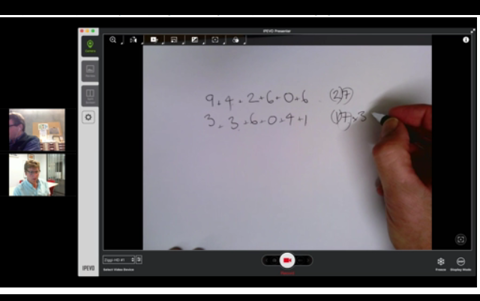Computer Science Unplugged (March 2017)
Find out how to introduce students to Computational Thinking through concepts such as binary numbers, algorithms and data compression; separated from the distractions and technical challenges of having to use computers. Importantly, no programming is required to engage with these ideas!
Additional details
| Year band(s) | Foundation, 1-2, 3-4, 5-6, 7-8, 9-10 |
|---|---|
| Content type | Professional learning, Unplugged |
| Format | Video |
| Core and overarching concepts | Computational thinking |
| Keywords | Webinar |
| Organisation | ESA |
| Copyright | Creative Commons Attribution 4.0, unless otherwise indicated. |
Related resources
-
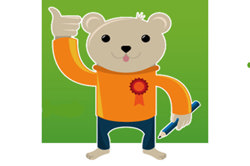
CAS Barefoot
A broad collection of online resources to support teachers to develop and implement computational thinking, concepts and computer programming. Free log in required to access materials.
-
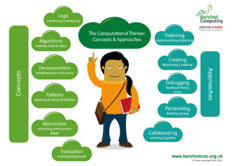
Computational Thinking
This site provides an explanation of computational thinking, aimed at primary teachers. Free log in required.
-
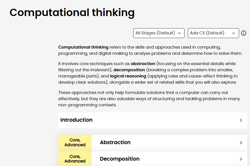
Computational thinking
This comprehensive online guide, provides a background to computational thinking which refers to the skills and approaches used in computing, programming, and digital solutions to analyse problems and determine how to solve them.
-
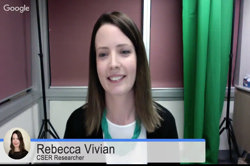
Google for Education webinar
This webinar, explores how Google Apps for Education, resources and initiatives can be used to support the implementation of coding and computational thinking in the classroom.
-

Computational Thinking Concepts Guide
In this guide you will find eleven terms and definitions for Computational Thinking (CT) concepts. These concepts can be incorporated into existing lesson plans, projects, and demonstrations in order to infuse CT into any disciplinary subject.
-
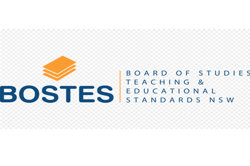
BOSTES: A Guide to Coding and Computational Thinking Across the Curriculum
This website includes links to useful resources, and outlines where computational thinking can be leveraged within current NSW K-8 syllabuses.
-
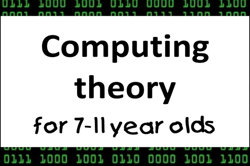
Computing theory for 7-11 year olds
This resource for teachers is a useful background to digital technologies taught in primary schools.
